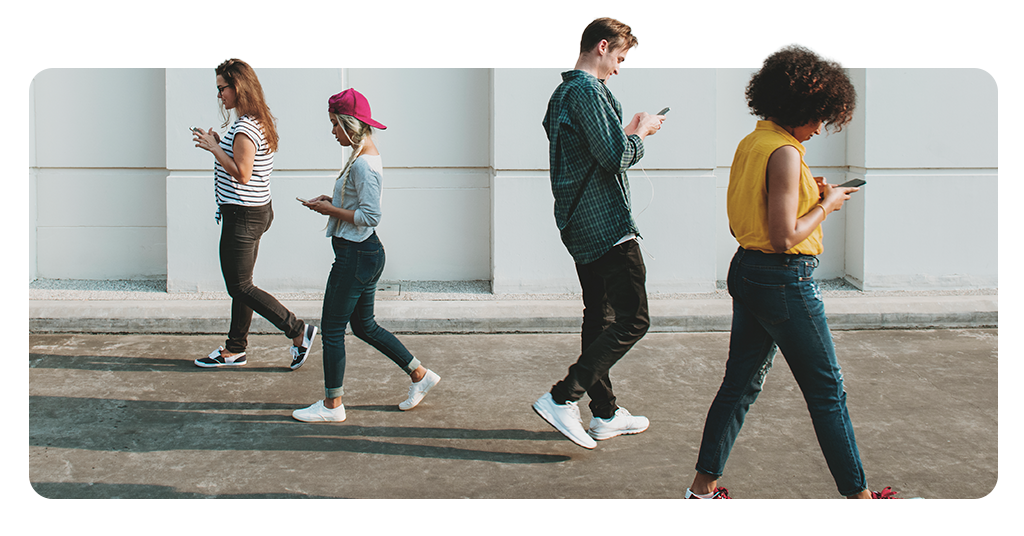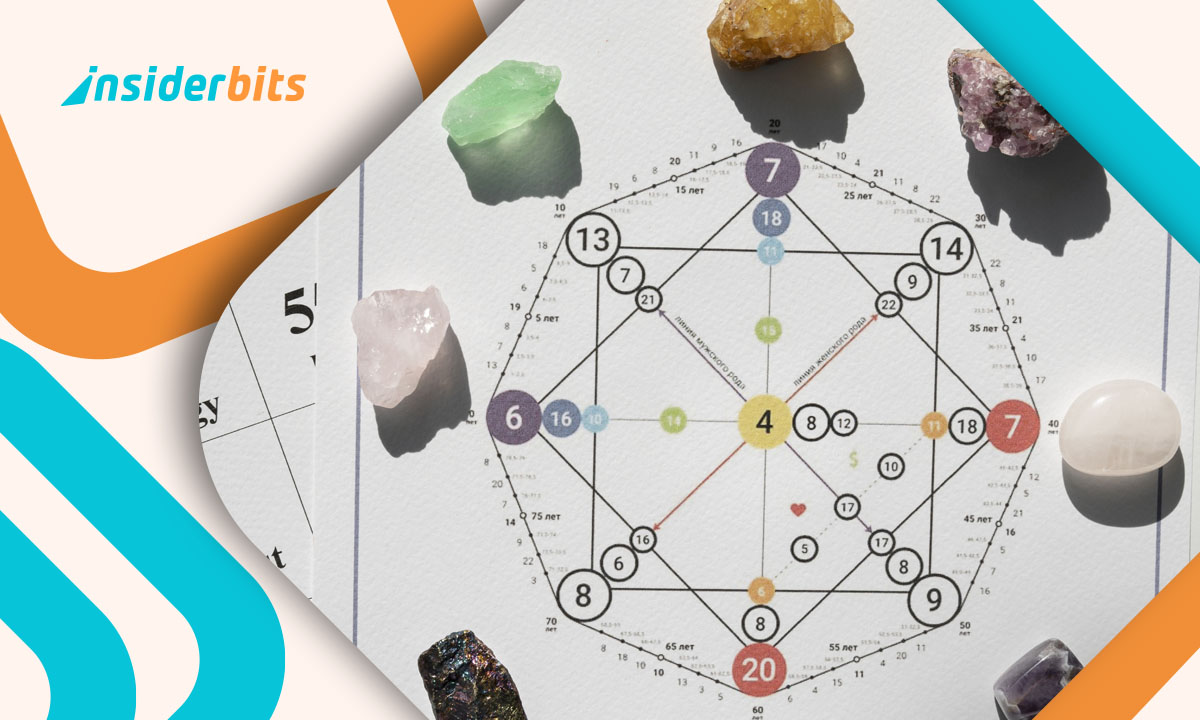Your phone has become a slot machine you carry in your pocket. Every notification is a potential jackpot, every swipe a chance for dopamine. Welcome to the attention economy, where your focus is far more than just valuable—but the hottest commodity being traded without your conscious consent.
Tech companies have turned distraction into science. Those infinite scrolls, autoplay videos, and push notifications are carefully engineered to keep you hooked. The average person checks their phone 58 times a day, and if you think you’re the exception, your screen time stats probably disagree. But understanding how this system works is the first step to breaking free.
- The Attention Economy: How Big Tech Monetizes Your Focus
- Find Your Calm With 2025’s Mental Health Apps
- VOS: Mental Health Journal – A New Path to Wellness!
The attention economy: how it shapes your daily life
The whole story is revealed by your morning routine: you wake up, check your messages, browse through your feeds, and then all of a sudden it’s noon.
This is a billion-dollar design, not a lack of willpower. Apps use everything from vivid colors to variable rewards (that exciting “maybe I’ll see something interesting” feeling) to vie for your attention like ravenous seagulls vying for fries.
The consequences go beyond wasted time. Studies link excessive screen use to increased anxiety, decreased attention spans, and even altered brain chemistry. Want proof?
Try sitting through a movie without checking your phone. If that sounds impossible, you’ve already been conditioned by the attention economy.
The science of notifications, swipes, and infinite feeds
Tech designers employ neuroscientists to exploit your brain’s weaknesses. Here’s how they get you:
- Variable rewards: like a lab rat pressing a lever, you never know which refresh will deliver that perfect meme or like explosion;
- Fear of missing out: those red notification bubbles trigger the same anxiety as an unanswered knock at the door;
- Endless content: TikTok’s “just one more” design eliminates natural stopping points our brains need.
These tricks aren’t just annoying—they rewire neural pathways. MRI scans show smartphone addiction activates the same brain regions as substance abuse.
For a deeper dive into how apps monetize your attention, check out this data monetization explainer.
Why your brain reacts to social apps like it does to sugar
That Instagram like delivers a micro-hit of dopamine, the same pleasure chemical released during sex or eating chocolate.
But there’s a catch: your brain builds tolerance. What once satisfied you with 10 likes now requires 100 to feel the same buzz.
Worse? These apps create what psychologists call “phantom vibration syndrome”—where you imagine phone buzzes that aren’t happening.
Your nervous system has literally been trained to expect constant stimulation. The Berkeley Economic Review calls this the new arms race for attention, and users are the battlefield.
Tools that help you regain control over your attention
Digital Wellbeing (Google) shows exactly which apps hijack your time, with features like focus mode and bedtime schedules.
Available for Android, its dashboard reveals uncomfortable truths—like how often you unlock your phone “just to check.”
Information
Platforms: Android | Web
Size: Varies by device
Downloads: 500M+
Rating: ⭐ 4.3/5 stars (102k ratings)
Price: Free
StayFree (available for Android) blocks distracting apps after set time limits. Tried to open Twitter for the 15th time today? It’ll hit you with a reality check about your usage habits.
Information
Platforms: Android | Web
Size: 5.7 MB
Downloads: 1M+
Rating: ⭐ 4.6/5 stars (24k ratings)
Price: Free (premium $3.99)
Is it time to rethink how you use your phone?
The average user touches their phone 2,617 times a day—that’s not usage, that’s possession.
But before you throw your smartphone into the ocean (tempting, we know), small, strategic changes can help you reclaim your cognitive real estate.
Start with notification warfare. That constant pinging isn’t just annoying – it’s a psychological attack on your focus. Go nuclear:
- Turn off all non-essential notifications (yes, even those “funny” group chats that haven’t been funny since 2019);
- Schedule “notification windows” instead of being on-call 24/7 to every app’s demands;
- Delete social media apps from your home screen—the extra steps to open them create crucial friction.

Visual design matters more than you think. Switching your display to grayscale mode isn’t just for mourning your attention span—it removes the candy-colored dopamine triggers that make endless scrolling so addictive. While you’re at it:
- Rearrange your apps by function, not frequency of use;
- Use minimalist launchers that strip away persuasive design elements;
- Try app icon transparency settings to literally make distractions harder to see.
Establishing digital borders like your sanity depends on it (because it does). Enforce:
- No-phone zones (bedrooms are for sleep and sex, not scrolling);
- Device-free meals (yes, even when eating alone);
- “Last call” times for checking emails or messages.
For those who need extra firepower, consider a dedicated distraction-blocking device like the Light Phone or Hisense touchscreen e-ink phone. They prove you can stay connected without being constantly consumed.
Final thoughts: reclaiming your humanity in the attention wars
The battle for your focus is about preserving your capacity for deep thought, real connection, and uninterrupted lived experience.
Every minute spent mindlessly scrolling is a minute stolen from reading actual books, having meaningful conversations, or simply letting your mind wander creatively.
Tech companies will keep optimizing their algorithms, but you hold the ultimate power: the off button. Start small—maybe just one screen-free hour after work.
Notice how uncomfortable it feels at first, then how liberating it becomes. Your attention is the last truly personal space you have—don’t let the highest bidder colonize it.
Neuroplasticity works both ways. Just as your brain learned these addictive patterns, it can unlearn them.
Your future self—the one who can read a novel in one sitting or have a dinner conversation without phantom phone vibrations—will thank you.
Now put this article down and go look at a tree or something. Seriously.





